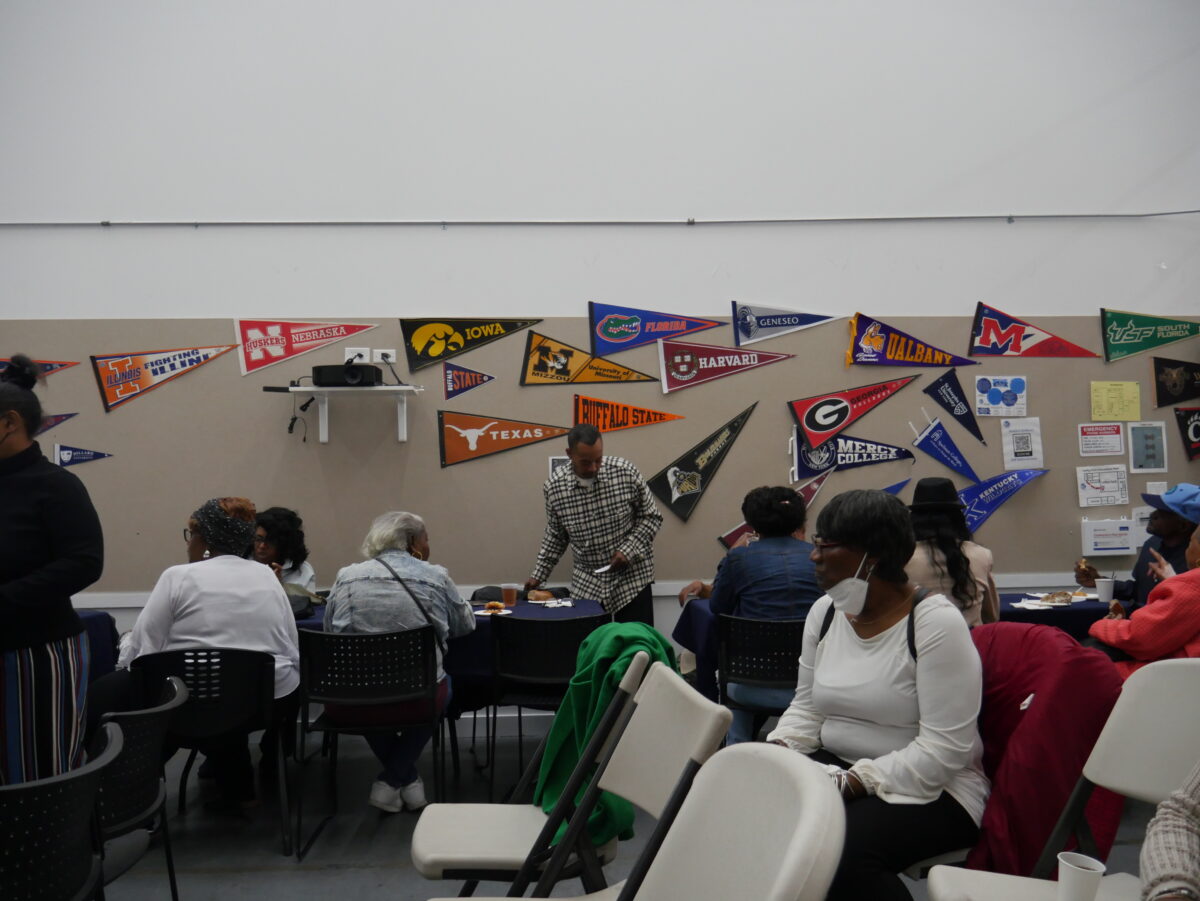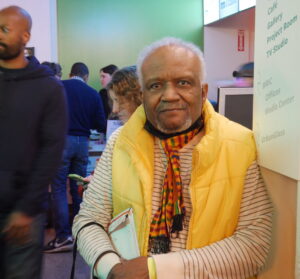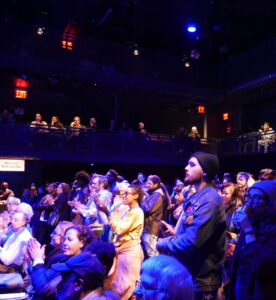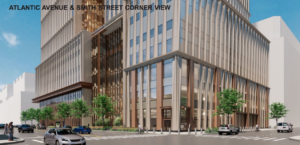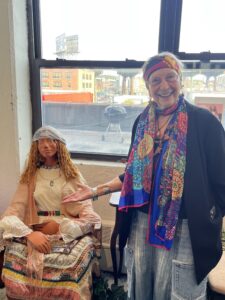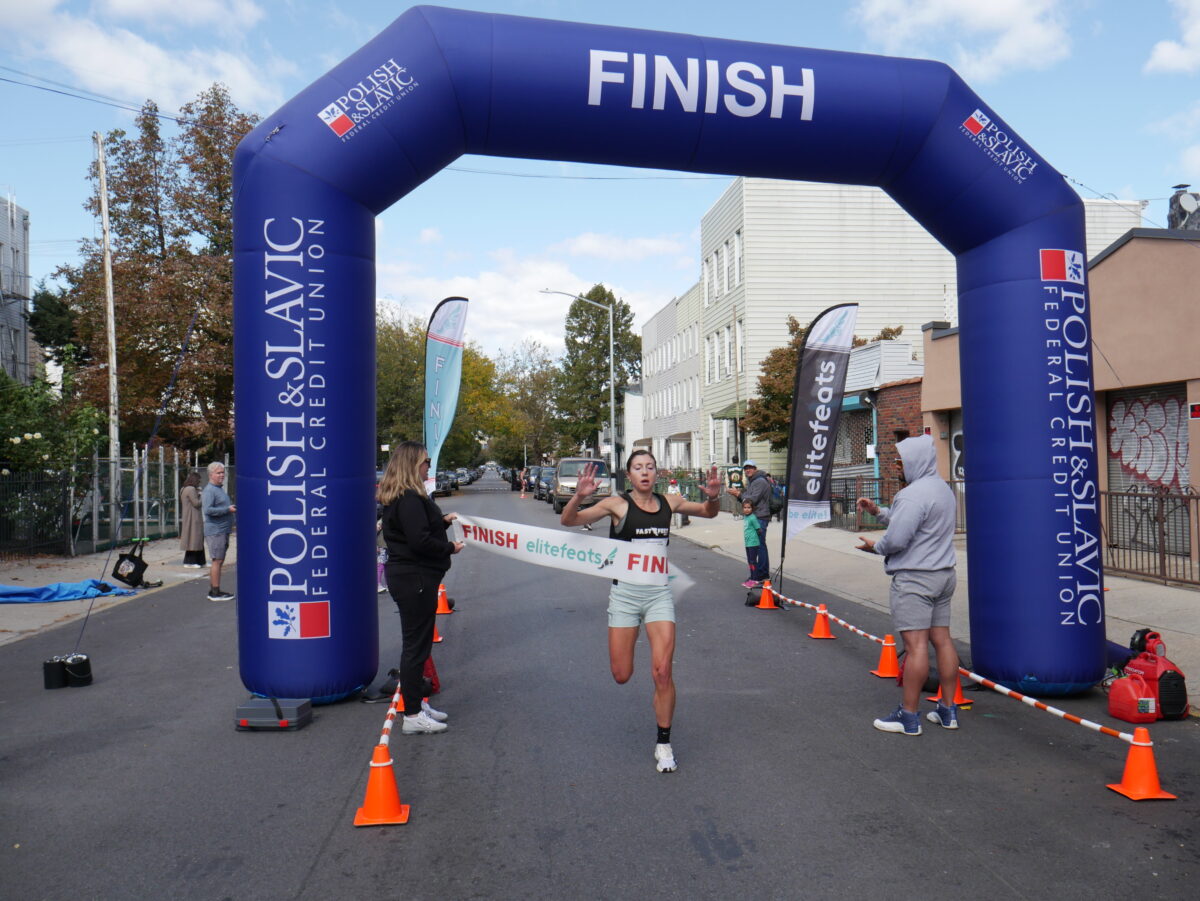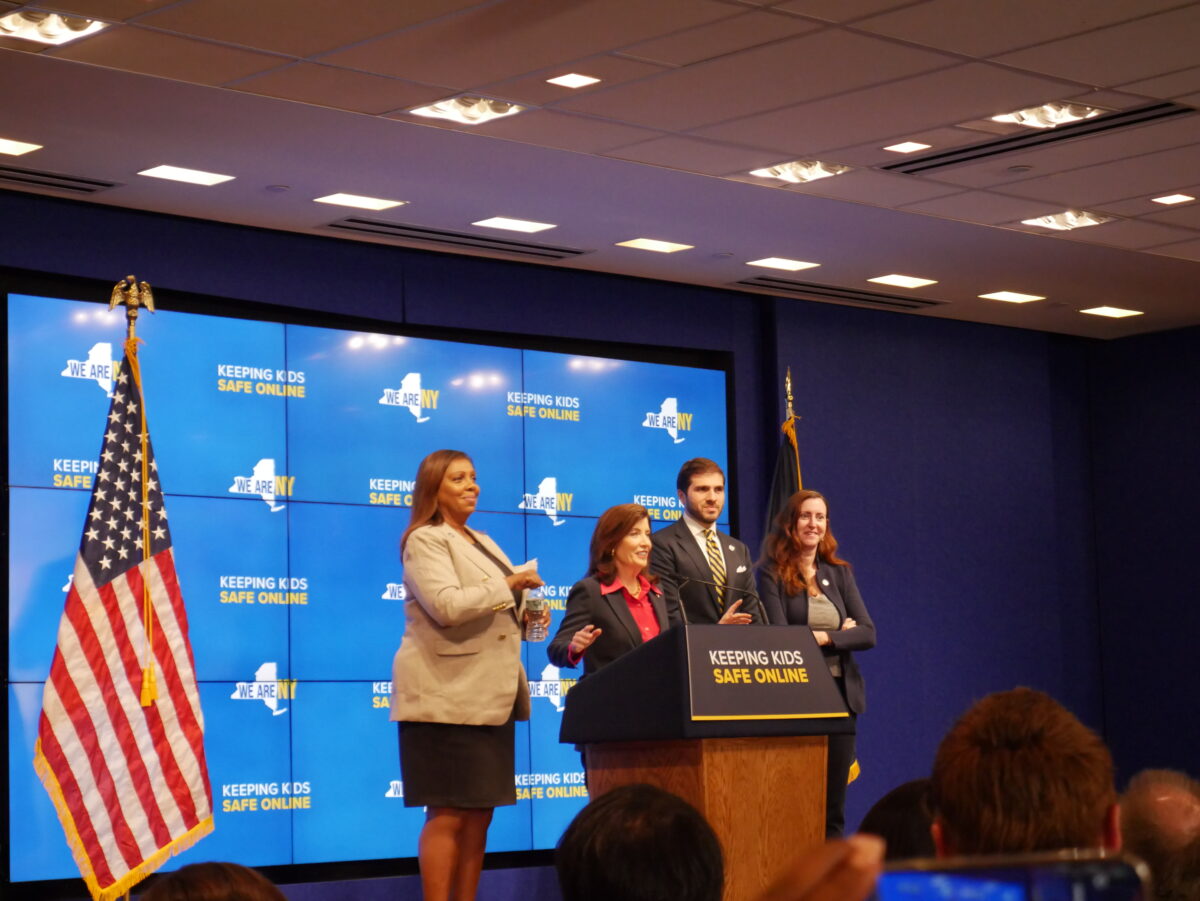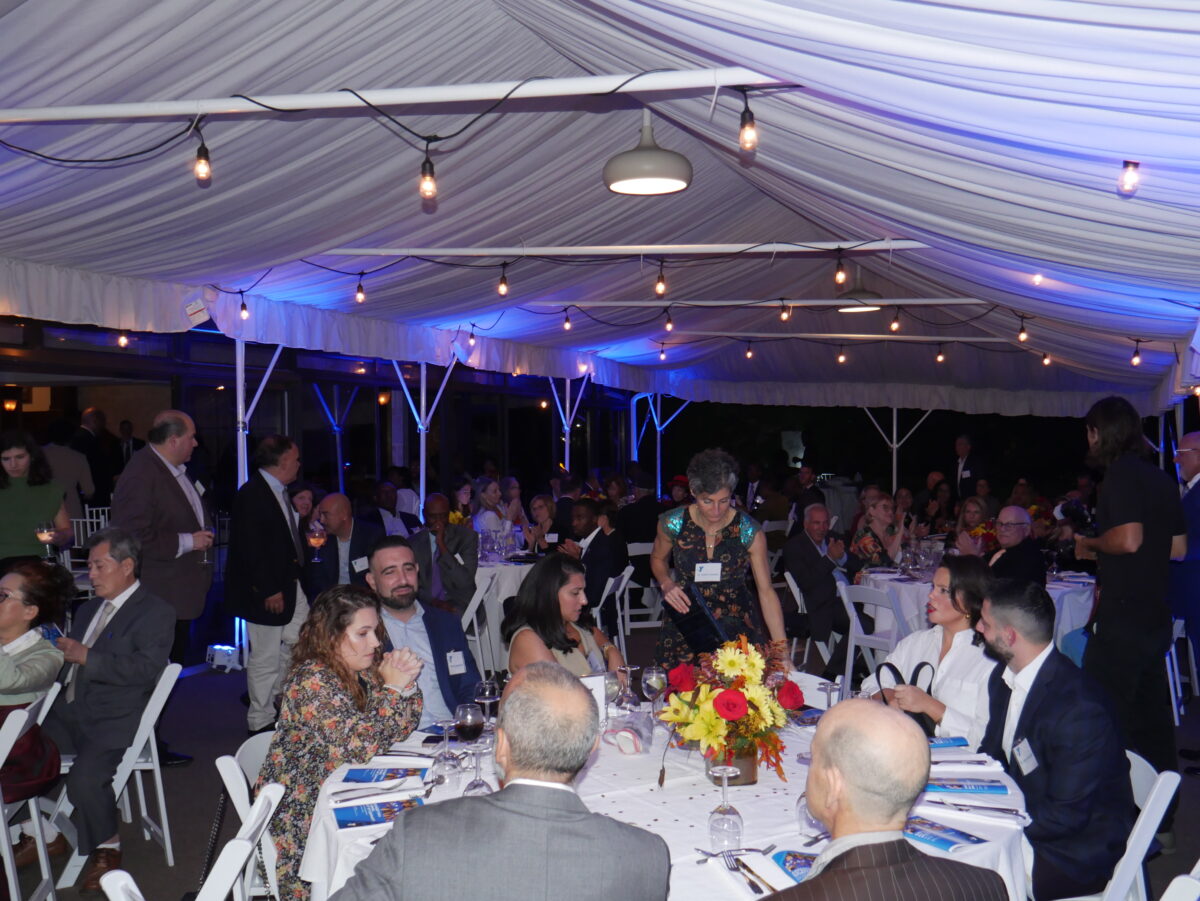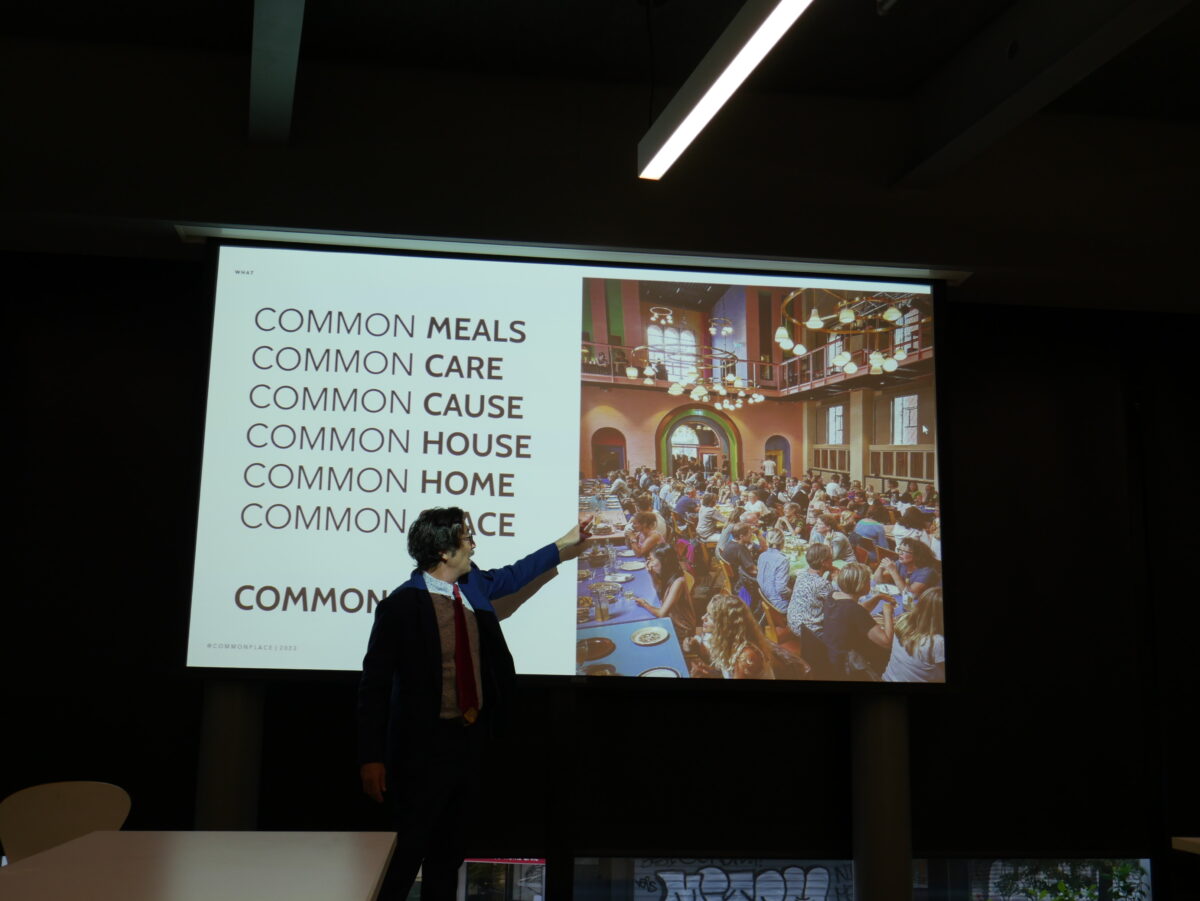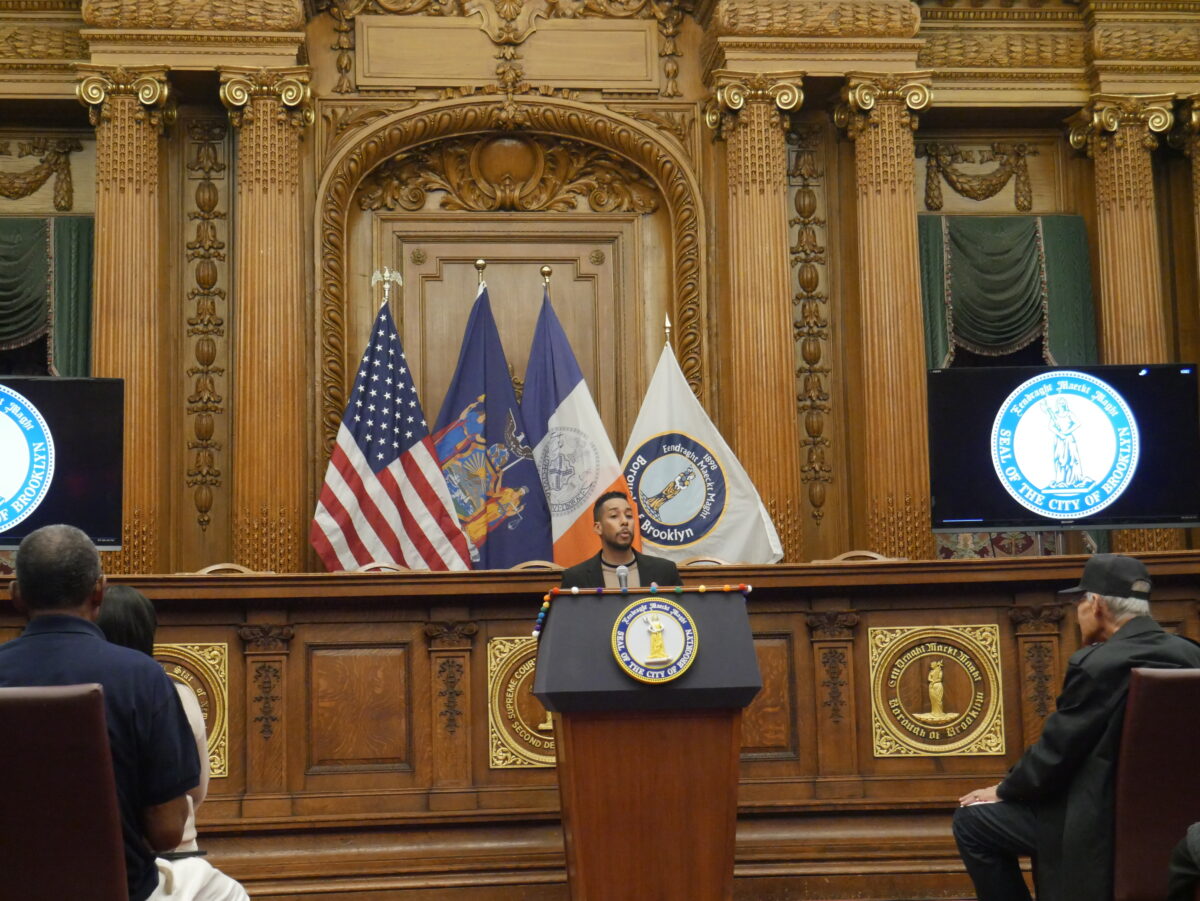Brooklyn NYCHA Community Programs Receive $108k
By Oona Milliken | omilliken@queensledger.com
During a breakfast meeting at the Red Hook Initiative on Friday, Oct. 25, the Brooklyn Borough President announced his decision to allocate $108,000 of discretionary funding to support community programs at NYCHA Tenants Associations in Brooklyn. Reynoso told a gathering of Brooklyn Tenant Association Presidents, alongside other public housing residents, over bagels, coffee and pastries that each NYCHA development would be given up to $3,000 to cover programming costs at their respective facilities. In total, 69 out of 74 housing developments will receive funding. In a press statement, Reynoso said he wished he could give more money but that it was a good start to give NYCHA community programs a boost.
“This is a very small amount of money, I know it is. I’m not saying I’m going to be changing the world with it, but this has never happened in Brooklyn,” Reynoso said in a press conference. “This is just a little breathing room here, give you guys a little more breathing room, gives you a couple of extra activities that you’re able to do throughout the year, closes the gap on maybe getting uniforms for kids in our basketball program, whatever it is, we’re going to have that.”
During the press conference, Reynoso thanked NYCHA for aiding the process and ensuring that the funding would come through. Leroy Williams, the Vice President of Resident Services for NYCHA, said the money has been allocated and is on its way to various developments across the borough. Williams also gave thanks to the TA Presidents for their hard work.
“I did make sure we already put in for the funds for you to receive it as soon as I got it, I made sure it was going out, so you should be receiving it very very shortly,” Williams said in the press conference. “I’ve been doing this type of work for a long time, and I just want to say, hats off to you. I know your jobs are hard.”
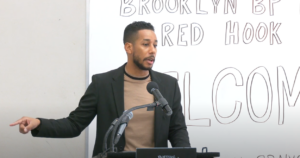
Antonio Reynoso during the press conference. Photo courtesy of the Brooklyn Borough President’s YoutTube.
Reynoso said that the Adams administration has disinvested from public housing, referring to recent budget cuts announced by the Mayor’s office in Sept. 2023. Reynoso thanked the TA President’s for dealing with the conditions of their developments and said he appreciated all the work that they did despite a shortage of funds.
“We’ve known the disinvestment and the neglect that years of the governorship and the mayoral team has made, which means we have undignified conditions in many of these places, folks dealing with mold, leaks,” Reynoso said. “In some cases, we have some NYCHA developments that went a whole winter without heat, the water goes out, the water is not able to get hot, gas.”
Francis Brown, TA President for Red Hook East, thanked Reynoso for the additional funds and urged Brooklynites to vote for the Borough President in the next election.
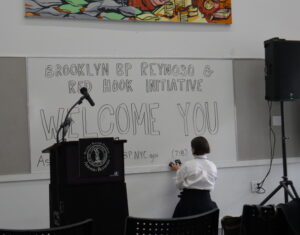
NYCHA residents and Tenant Association Presidents gathered for the breakfast press conference. Photo courtesy : Oona Milliken
“Last year, me and my husband, we spent $2,000 buying turkeys for the residents of Red Hook East, and we took it out of our pocket,” Brown said during the press conference. “This is for my community, it’s not about me, it’s about my community. I fight hard for my community.”
Arthur Warren, the Resident Association President for Long Island Baptist in East New York, said the funds could cover barbeques, tickets for children to go on outings as well as
“The money that we got from the borough president, we’re going to use that money to actually cater Thanksgiving for Long Island Baptist Housing, especially for the residents that don’t have gas,” Warren said during the press conference. “I give out turkeys every year. I can’t even give them turkeys, so that other building can get turkeys, and other people want to come, they will actually eat Thanksgiving dinner, thanks to the borough president.”


